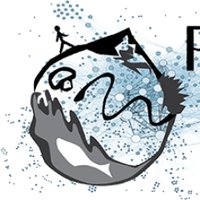Size-dependent eco-evolutionary feedbacks in fisheries
This article has been Reviewed by the following groups
Discuss this preprint
Start a discussion What are Sciety discussions?Listed in
- Evaluated articles (Peer Community in Ecology)
Abstract
Harvesting may drive body downsizing along with population declines and decreased harvesting yields. These changes are commonly construed as consequences of direct harvest selection, where small-bodied, early-reproducing individuals are immediately favoured. However, together with directly selecting against a large body size, harvesting and body downsizing alter many ecological features, such as competitive and trophic interactions, and thus also indirectly reshape natural selection acting back on body sizes through eco-evolutionary feedback loops (EEFLs). We sketch plausible scenarios of simple EEFLs in which one-dimensional, density-dependent natural selection acts either antagonistically or synergistically with direct harvest selection on body size. Antagonistic feedbacks favour body-size stasis but erode genetic variability and associated body-size evolvability, and may ultimately impair population persistence and recovery. In contrast, synergistic feedbacks drive fast evolution towards smaller body sizes and favour population resilience, but may have far-reaching bottom-up or top-down effects. We illustrate the further complexities resulting from multiple environmental feedbacks using a co-evolving predator-prey pair, in which case outcomes from EEFLs depend not only on population densities, but also on whether prey sit above or below the optimal predator/prey body-size ratio, and whether prey are more or less evolvable than their predators. EEFLs improve our ability to understand and predict nature’s response to harvesting, but their integration into the research agenda will require a full consideration of the effects and dynamics of natural selection.


